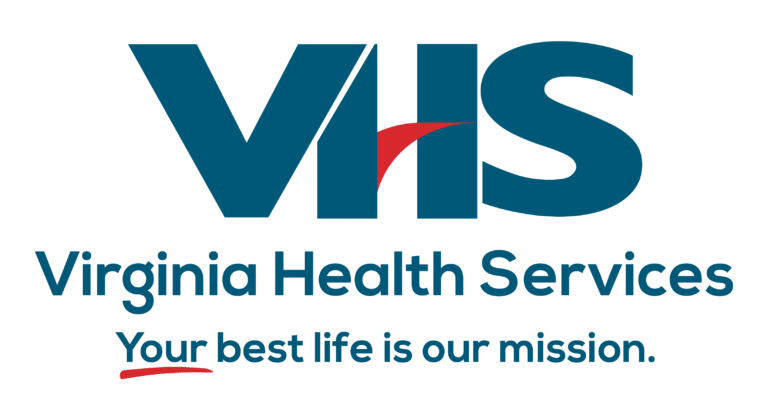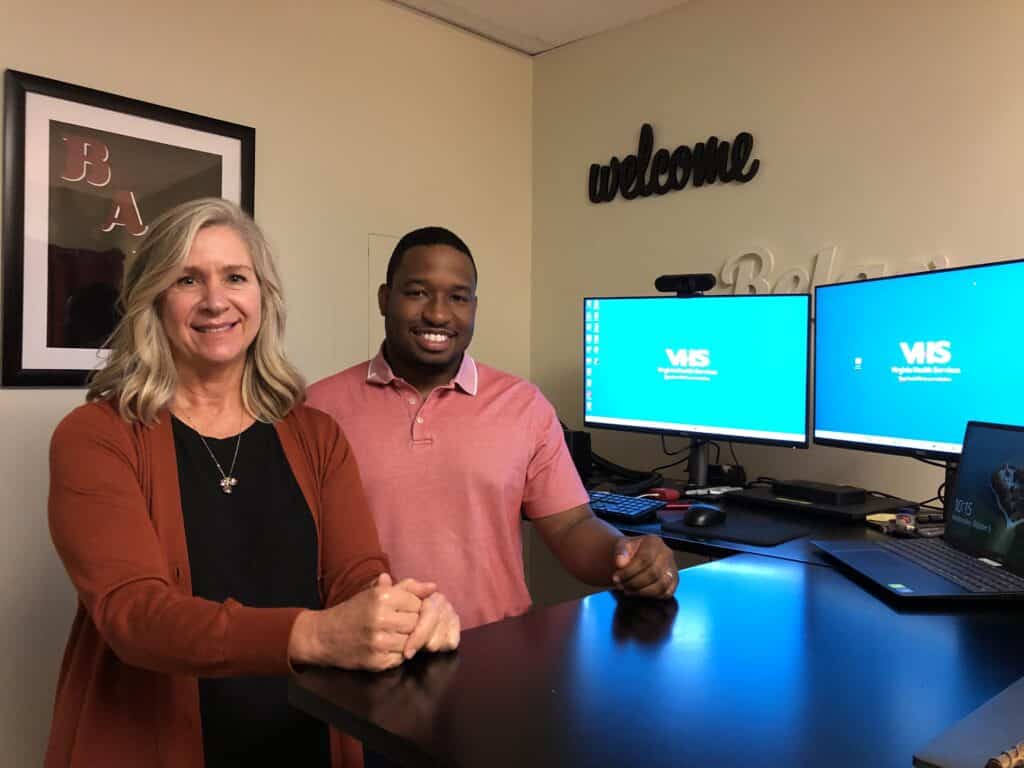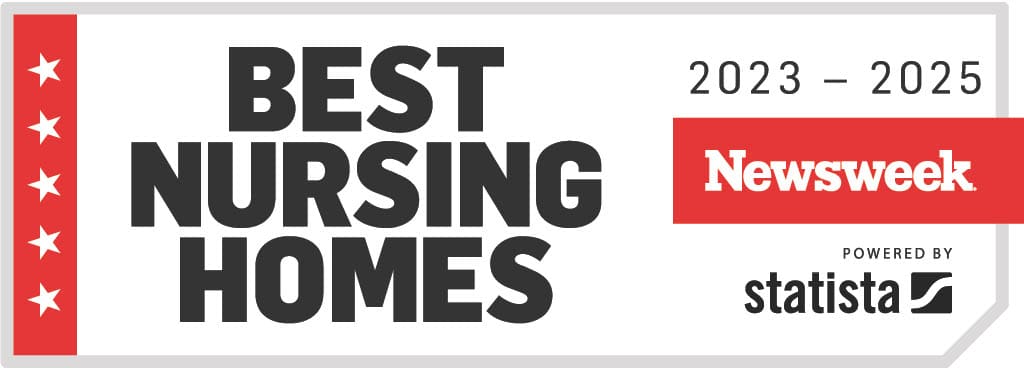Virginia Health Services’ team of 1,200 spans across multiple buildings from Kilmarnock to the Peninsula to Southside. What keeps it all connected?
Our IT team.
Global Health Equity Week (Oct. 24-28) celebrates the role information and technology play in healthcare. Teams protect vital private healthcare information, streamline care and support infrastructure that keeps systems running.
VHS’s IT team of Jon Gordon and Kathy Wickline collaborate constantly to do all of the above, and more.
Who ya gonna call?
The Virginia Health Services IT team are self-described generalists.
“We know a little about a lot,” John says. “We’re a one-stop shop. Cybersecurity is a big piece right now. We’re first responders to any work stoppage issues. All the technical stuff – ordering for most departments, hardware and software, system administration. … We wear many different hats.”
Kathy and John use their skill strengths to balance the workload and respond to any ticket, project need or emergency. They also partner with JK Technologies to consult on high-level projects, taking their recommendations and using the partnership to plan and implement solutions.
A big piece is staff education, particularly new hire training and cyber awareness.
VHS has many disciplines with IT needs, such as nursing scheduling, payroll, billing, dietary, rehab, admissions, communications and network infrastructure. It also includes equipment like servers, computers, smart phones, iPads, copiers, printers, electronic faxing and surveillance cameras.
“Those are the large pieces that move forward our company every day, grow revenue and keep our staff moving in the right direction,” Kathy says.
John adds, “We are the solutions experts for VHS.”
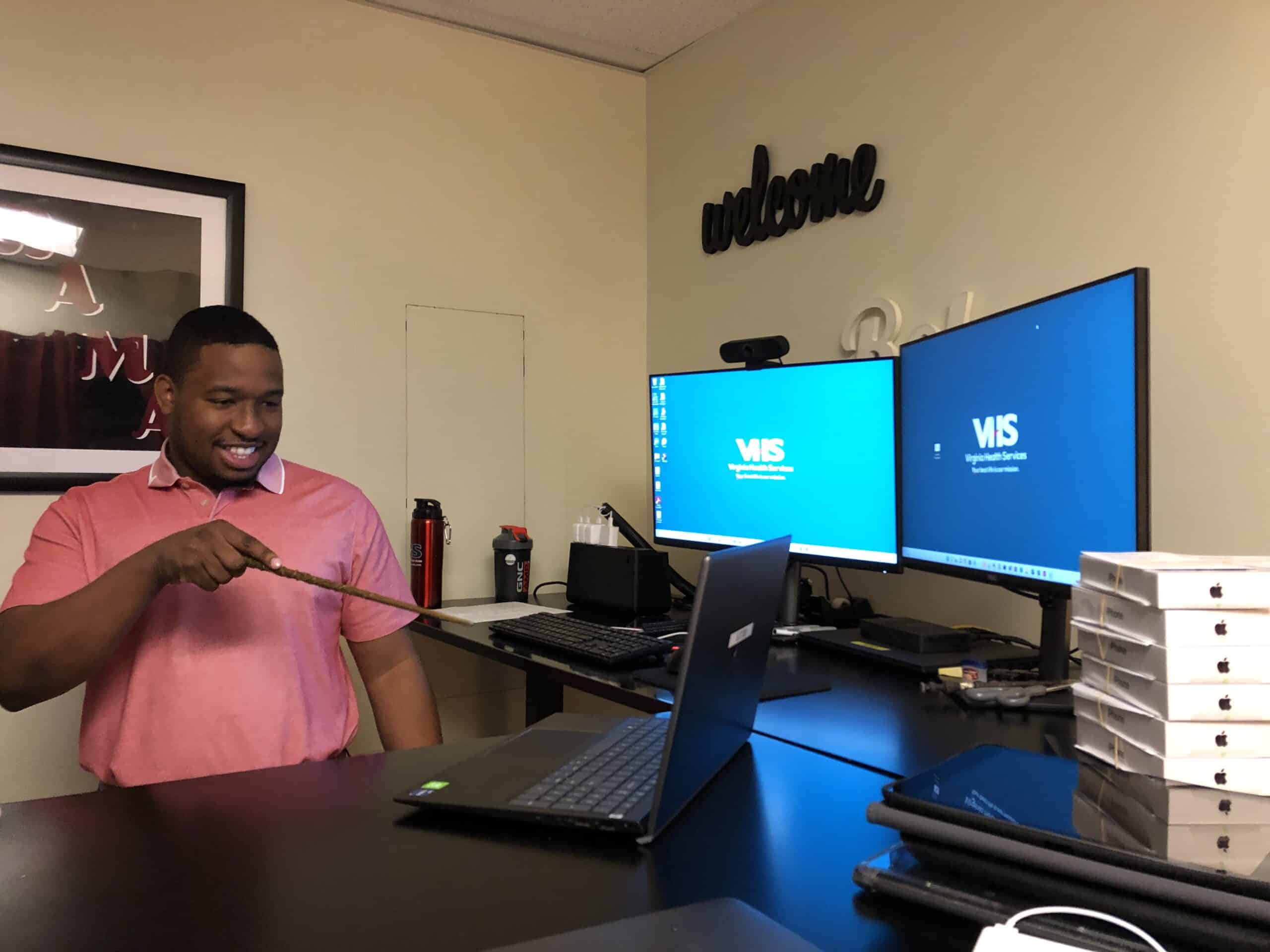
That includes researching and testing the best, most affordable option for whatever the need might be, procuring the equipment and getting it ready for deployment. Then comes training staff and managing the equipment (and its software) once it’s in the field.
“There’s nothing left untouched,” he says. “From start to finish to upkeep.”
Kathy joined VHS in 2001 to install a local area network. John has been with VHS for almost two years. He has a background in IT in the manufacturing industry.
“We’re a team,” she says. “We can’t work without talking to each other constantly, every day.”
John says that VHS truly commits to using every piece of the resources it has.
“I really like that,” he says.
Top priority: Cybersecurity
With cybersecurity insurance up for renewal this fall, protecting VHS from hacking attacks was paramount.
“Cyberattacks have amped up in the internet world. We could not take that risk,” Kathy says. “We really needed to push going to the Cloud. Protecting healthcare information is our No. 1 priority.”
Keeping HIPPA compliant when it comes to patient information plays hand-in-hand with cybersecurity. The IT team manages multiple servers, and moving email off a physical server solution to the Cloud was necessary to keep VHS less vulnerable to hacks.
There are other measures also in place for “additional levels of protection against outside intrusions,” Kathy says.
IT cha-cha-changes
Kathy has been with VHS for 20 years. She has watched how the IT needs throughout the company have evolved and grown.
When she started, it was to install a local area network (LAN) at James River and the separate building behind it, which served as the corporate office at the time. Then the wide area network to connect the facilities.
Communication was done by pager. There was limited email and no company mobile phones. Resident files were hard copy.
Oh, how times have changed. Patient files are electronic, which makes it easier to share between services for better communication. Wifi came online in 2012 and laptops were utilized more with remote access.
Patient care became more efficient with the addition of wall kiosks on units so CNAs can chart care and have it flow to electronic medical records. Same goes for the addition of laptops on med carts.
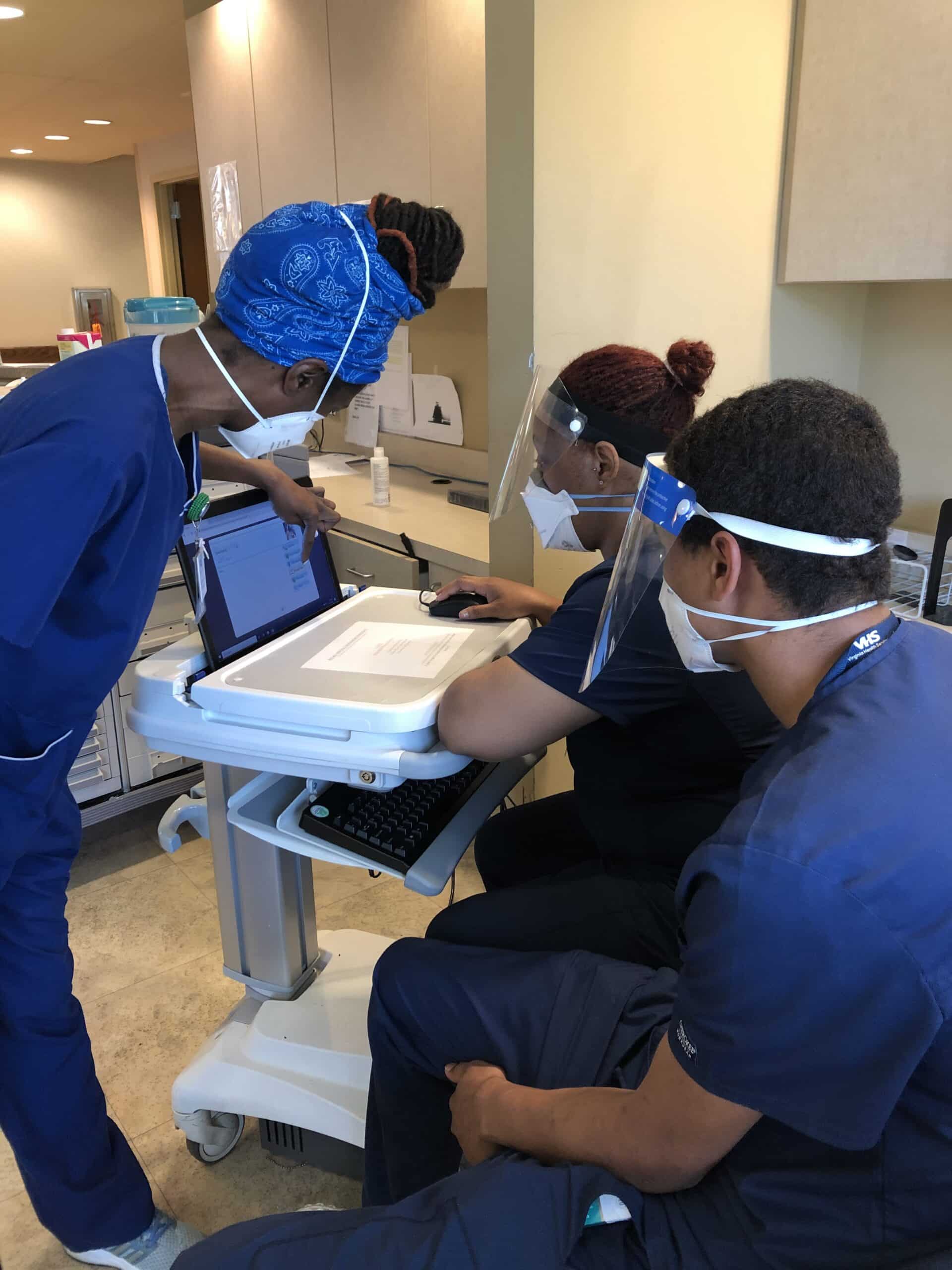
Electronic timecards and scheduling, more efficient billing and payroll software, company-wide email and ditching the pagers to move to smartphones – Kathy’s seen it all.
“IT is there for everything,” she says.
Now the team is gearing up to pivot everyone to Microsoft 365, which will provide collaboration tools and communication through Teams and other apps.
“We’ll be able to see changes to documents in real time,” John says.
He and Kathy already use Teams to help organize their work days and prioritize tasks and projects. It also helps them identify bottlenecks in the process.
The COVID factor
The COVID-19 pandemic shifted focus for so many things in healthcare, including technology. VHS had to invest in equipment and infrastructure to manage patient care and Residents’ mental health.
“The pandemic threw technology changes in our faces in a flash,” Kathy says. “The Residents’ mental and emotional health, that was the urgent part.”
iPads and Workstations on Wheels (WOWs) with large touchscreen monitors and webcams were deployed so they could be wheeled to a Resident’s bedside and give them a good video conference experience with loved ones via Zoom. The WOW’s and iPads also helped with rehab assessments, and involved family in meetings and care plans.
IT purchased web cams, iPads, laptops, whatever they could.
The pandemic introduced telehealth to the company. Electronic stethoscopes, vitals machines, electronic weight chairs all aided in providing patient care when individuals were restricted to their facility.
The pandemic also proved how nimble the IT department can – and oftentimes needs – to be.
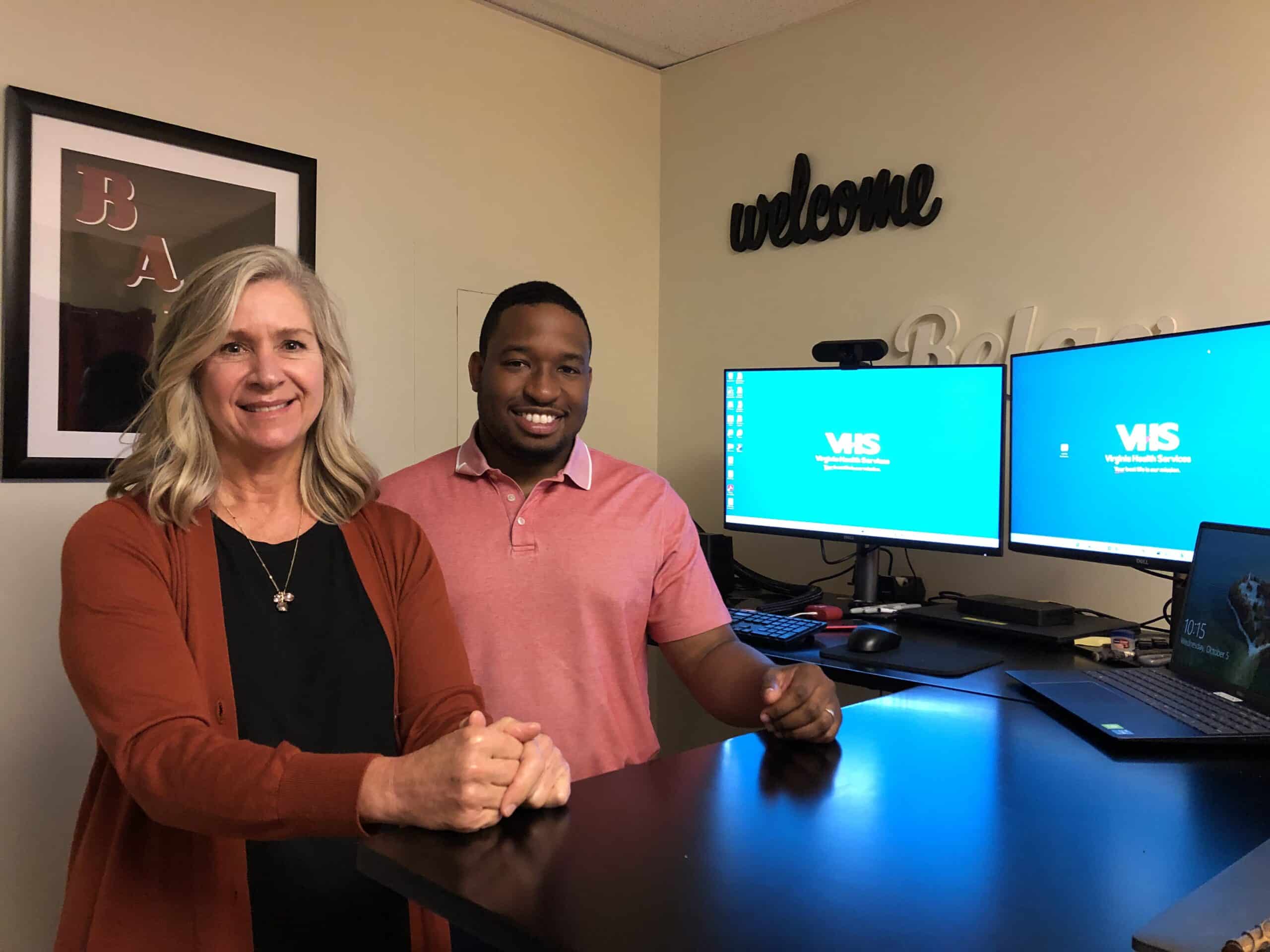
Thank goodness for IT!
Kathy and John’s collaboration extends to building a knowledge base for IT. They manage solutions and lessons-learned in OneNote.
In addition to needing to be subject matter experts in multiple areas, John and Kathy have to be understanding of frustration levels of coworkers when something IT-related fails. Instead of being able to be proactive, they often have to be reactive. It’s challenging.
And the emails (or tickets) don’t stop.
“Technology has provided so much for a solution … a device does so much, that if one piece of it’s down (like a copier jam), that means that whole section of the building can’t be productive. So it stops. That’s where we come in,” Kathy says. “All of what we do interconnects.”
The move to Microsoft 365 will make information easier to access.
“People can lose things in email. If you put information in a spot that’s easy for people to get to, it’s more efficient,” John says.
“We need to be able to provide a solution for an issue as best we can. We always have to have backup equipment/inventory updated and upgraded and in operating condition so it can plug and play at a moment’s notice,” Kathy adds.
The more detailed an IT ticket is, the quicker a solution can be resolved.
“Anyone in IT will tell you, our lives live in detail. If you get a ticket without detail, I could come up with a separate, wrong solution,” John says. “We get things done by collaborating together. We put everything in a pot and chip away from highest to lowest priority.
“Without the collaboration, it would not work.”
